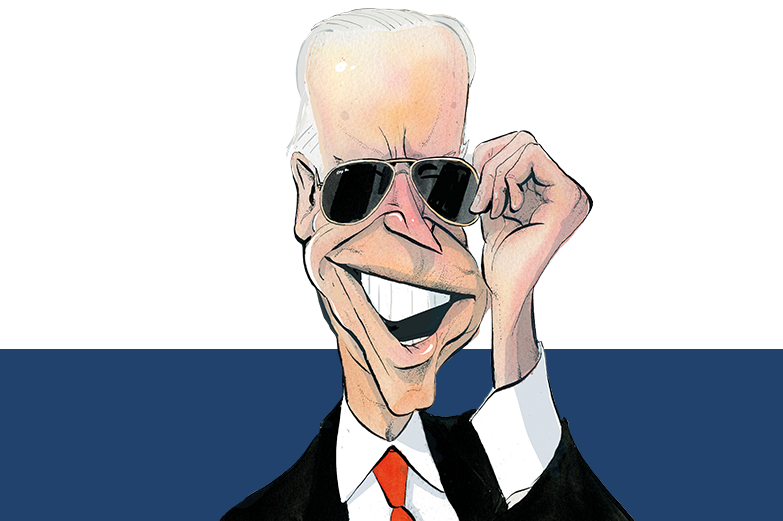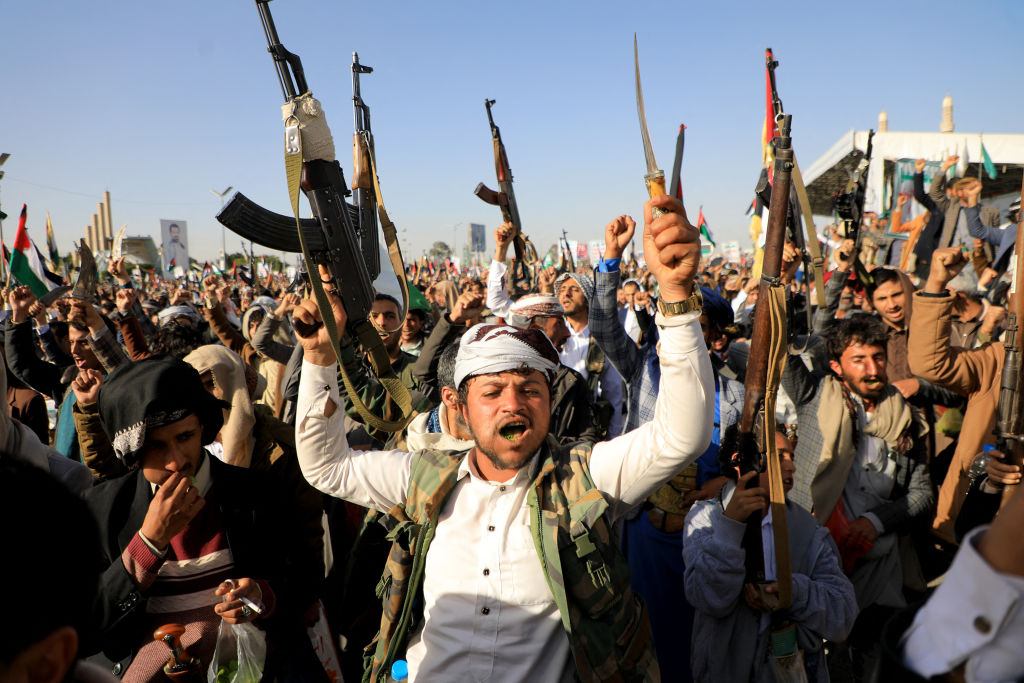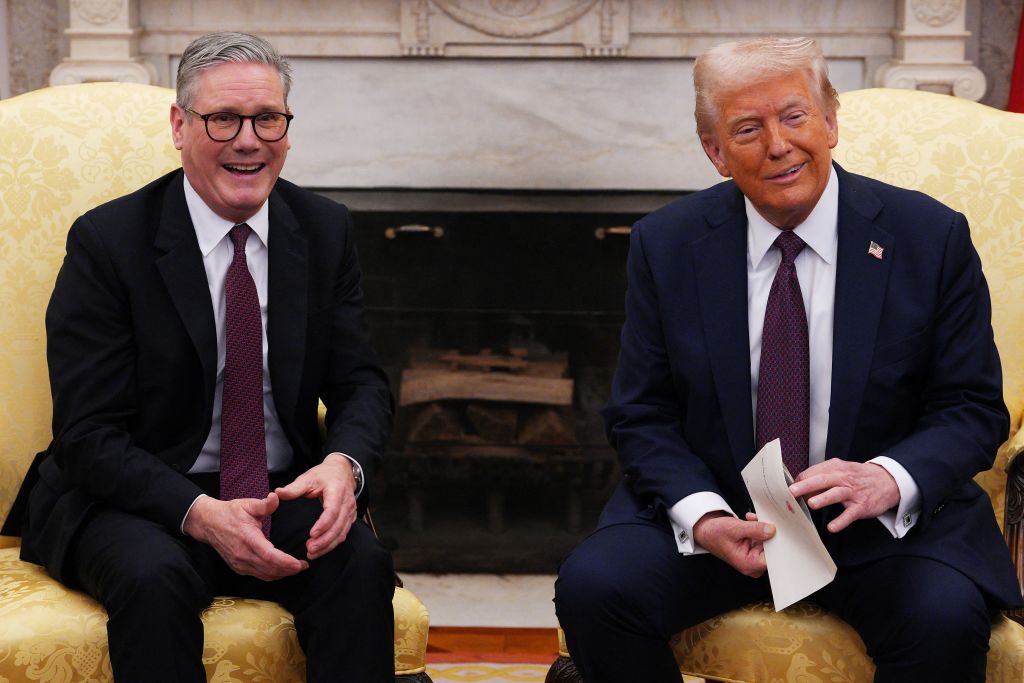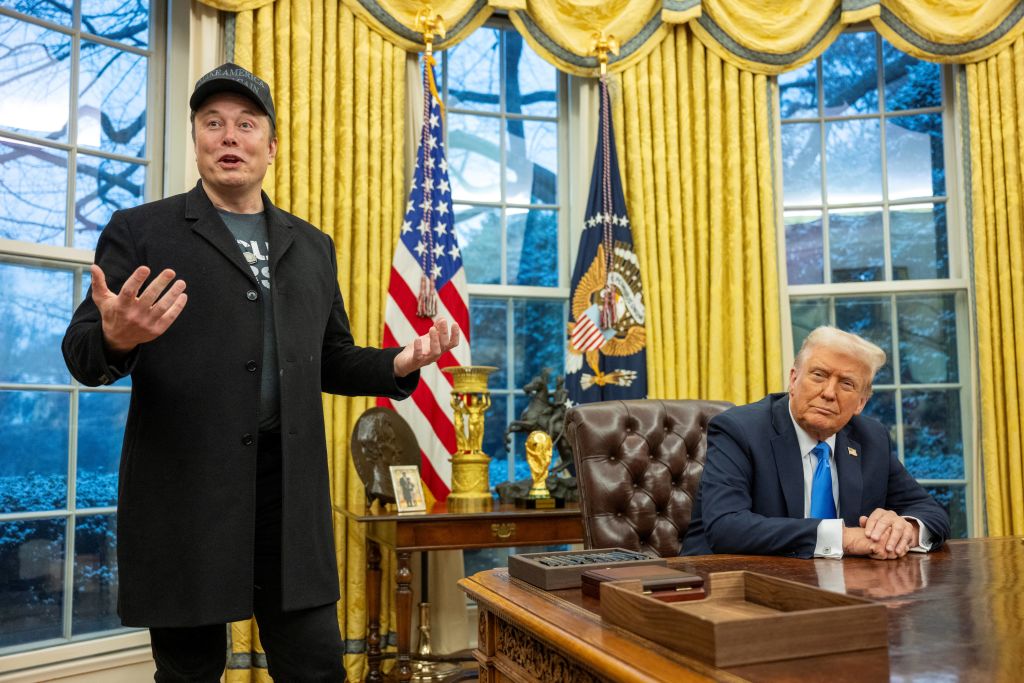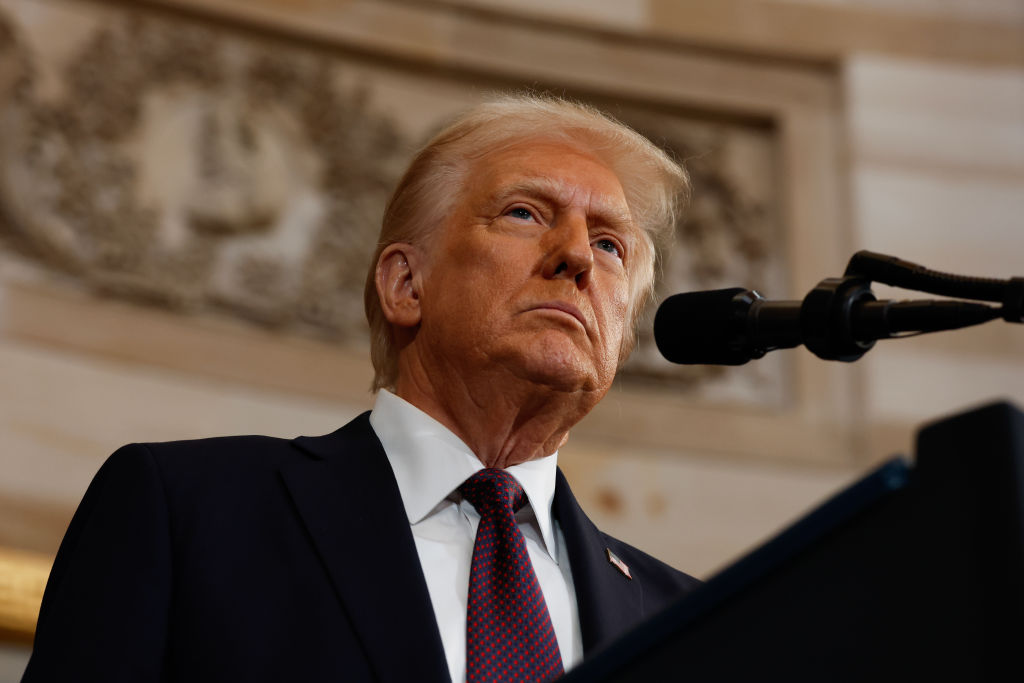This week marks two years since Iranian terror mastermind Major General Qasem Soleimani was torn apart by a Reaper drone missile in Baghdad, on the orders of Donald Trump. The Iranian regime has marked the anniversary with a flurry of antagonism throughout the region.
On Monday, a coalition base outside Iraq’s main airport was attacked by two drones armed with missiles with the words “Soleimani’s revenge” on them. Both were safely shot down. That same day, two Israeli newspaper websites, the Jerusalem Post and Maariv, were hacked and made to display a picture of a missile being launched from Soleimani’s ring at Israel’s nuclear reactor. These provocations were preceded by a letter to the UN General Assembly on Saturday, in which Iran’s presidential office demanded a resolution against the United States.
And in a furious tirade delivered at Tehran’s largest mosque, Iranian president Ebrahim Raisi called for “justice and retribution” against Trump, former secretary of state Mike Pompeo and “other criminals.”
“Otherwise, I will tell all US leaders that without a doubt the hand of revenge will emerge from the sleeve of the Muslim nation,” he said.
His words rang rather hollow. Rewind twenty-four months, and the rhetoric from Tehran was even more blood-curdling. “Forceful revenge awaits the criminals who have his blood and the blood of other martyrs on their hands,” vowed Ayatollah Ali Khamenei in the aftermath of the killing. Back then, many commentators took the Ayatollah at his word, breathlessly predicting World War III in response to Soleimani’s death.
“Did America just assassinate, without any congressional authorization, the second most powerful person in Iran, knowingly setting off a potential massive regional war?” Chris Murphy, the Democratic senator, tweeted to his one million followers. But when Tehran’s revenge actually came, it was, shall we say, less serious. A few salvos of ballistic missiles were launched at two US air bases in Iraq, producing no fatalities. After which, pretty much nothing.
The basic fact — as Trump seemed to instinctively understand and trade upon — is that America holds the most powerful military force the world has ever seen. Having spent about $6.5 trillion on military adventures in the Middle East since 9/11, the United States has accumulated vast strength in the region, including about 60,000 servicemen and women. The US runs about 800 declared airbases around the globe. Many are dotted around the Islamic Republic, in countries like the UAE, Oman and Saudi Arabia. In addition, it has troops in international peacekeeping bases and covert installations. The mighty 5th Fleet, which includes hundreds of vessels and aircraft and tens of thousands of personnel, is based at Naval Support Activity Bahrain, near Khalifa Bin Salman Port in Iraq. About 13,000 troops are stationed in Kuwait, and thousands more are spread elsewhere across the Gulf. And America, of course, holds the most powerful nuclear arsenal on Earth. Unlike — to pluck a country out of the air — Iran.
Compared to the sheer scale and force of the United States war machine, the Islamic Republic ranks about fourteenth in the world in terms of size and power. It does, of course, command a network of regional proxies that extend its reach throughout the Middle East and North Africa. But the United States has allies, too, and these include the most sophisticated militaries in the world, several of which are nuclear-armed.
That is not for one moment to underestimate the threat posed by Iran. It is the foremost sponsor of terror in the region, if not the world, capable of fighting an all-out war on multiple fronts. Its strategic cunning has been deployed in various theaters, using a combination of soft and hard power to win great influence in host countries.
Through proxies like Hezbollah and groups like Hamas, it poses a serious asymmetric threat to Israel and the Gulf states. Meanwhile, its puppet militia, like the Houthis in Yemen and Kata’ib Hezbollah in Iraq, have been responsible for numerous atrocities.
It is very clear that Tehran’s game plan is to slyly build its conventional and nuclear capabilities without provoking the United States or its allies into a devastating response. The Islamist regime takes one careful step at a time, each emboldening the next. In this way, it is approaching the nuclear threshold by way of grandmother’s footsteps. The point of that children’s game, however, is that fierce grandmother eventually turns round and chases the children away. Unlike a certain inhabitant of the White House.
The current American administration doesn’t seem to believe in its own power in the way that Donald Trump did. It is true that Trump continued to draw down US troops from overseas, extending the trend that began under Obama. And it is true that he understood that the American public had little stomach for further military exploits overseas — just as Joe Biden turned his back on “forever wars.” But Trump was also the very embodiment of the madman theory. This is the doctrine, usually associated with Nixon, by which America’s enemies are led to believe that the president might be unhinged enough to do something silly.
Under Biden, that strategic edge is more than gone. With the ultra-dovish Robert Malley in charge of the nuclear negotiations with Iran, the military option has not even got near the table. This has caused immense frustration to US allies, not least Israel, who understand that without it, the West is all carrot and no stick.
It goes without saying that no sane person would wish for the use of force against Iran’s nuclear weapons program. It would involve either a large-scale ground invasion or massive airstrikes, leading to great loss of life, worldwide instability and no guarantee of success. Some Israeli officials talk positively of a “contained crisis”; but this is to be optimistic at best, oxymoronic at worst.
Nonetheless, if Iran is ever going to be persuaded to draw in its horns, its leaders need both to see a credible military threat on the table, and to have reasonable doubt that in the right set of circumstances it might be used, by a president either mad or sane.
Despite Afghanistan and despite Iraq, the United States armed forces are the largest and most advanced on Earth. If it came to all-out war, together with their allies, they would present a devastating force. The world knows it. America’s enemies definitely know it. It is just a shame that America doesn’t know it itself.
This article was originally published on The Spectator’s UK website.



